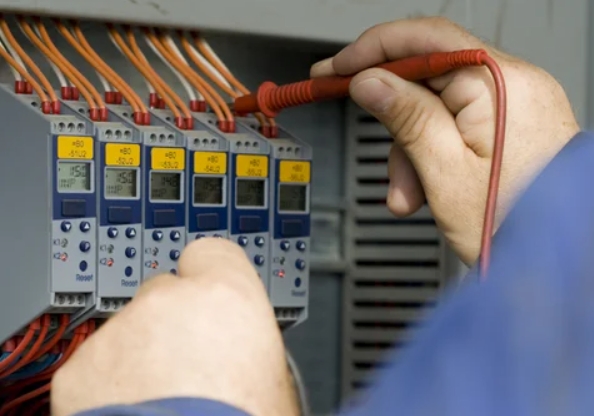In the world of automobiles, advanced electronic systems play a crucial role in ensuring optimal performance, safety, and comfort. These systems rely on various types of circuits to function effectively. In this article, we will delve into the three primary types of circuits used in automobiles, shedding light on their significance and applications.
- Power Distribution Circuits:
Power distribution circuits serve as the backbone of an automobile's electrical system, responsible for supplying electrical power to various components. These circuits ensure that the right amount of voltage reaches each component, preventing damage due to overvoltage or under-voltage. Power distribution circuits typically consist of fuses, relays, and wiring harnesses, which work together to distribute power efficiently and protect the electrical system from potential failures.
Key Features and Applications:
- Fuse Boxes: These protective devices contain fuses that break the circuit in case of an electrical overload, preventing damage to the components.
- Relays: These electromagnetic switches control the flow of electrical current to different components, ensuring efficient power distribution.
- Wiring Harnesses: These bundles of wires provide a centralized and organized approach to deliver power to various parts of the vehicle, reducing the risk of electrical malfunctions.
- Control Circuits:
Control circuits in automobiles are responsible for managing and regulating the operation of various systems, such as engine control, transmission control, and climate control. These circuits utilize sensors, actuators, and electronic control units (ECUs) to monitor and adjust the performance of different components, ensuring optimal functionality and efficiency.
Key Features and Applications:
- Sensors: These devices detect changes in the environment or component behavior and provide input to the ECUs for appropriate control actions.
- Actuators: These components receive signals from the ECUs and perform physical actions, such as opening or closing valves, to regulate the system.
- Electronic Control Units (ECUs): These microprocessors receive input from sensors, process the data, and send output signals to actuators, enabling precise control over various systems.
- Signal Circuits:
Signal circuits facilitate communication between different components and systems within an automobile. These circuits transmit data, commands, and feedback signals, enabling seamless integration and coordination among various electronic systems. Signal circuits are crucial for functions such as audio systems, navigation systems, and safety features like ABS (Anti-lock Braking System) and airbags.
Key Features and Applications:
- Communication Protocols: These standardized protocols, such as CAN (Controller Area Network), LIN (Local Interconnect Network), and FlexRay, enable reliable and efficient data exchange between different electronic modules.
- Multiplexing: This technique allows multiple signals to share a single wire, reducing the complexity and weight of wiring harnesses.
- Data Bus Systems: These systems enable the transfer of data between different electronic modules, ensuring synchronized operation and enhanced functionality.
Conclusion:
Understanding the three types of circuits used in automobiles provides valuable insights into the intricate world of automotive electronics. Power distribution circuits, control circuits, and signal circuits work together to ensure the smooth functioning of various systems, enhancing performance, safety, and comfort. By harnessing the power of these circuits, automotive engineers continue to innovate and improve the driving experience for all.


